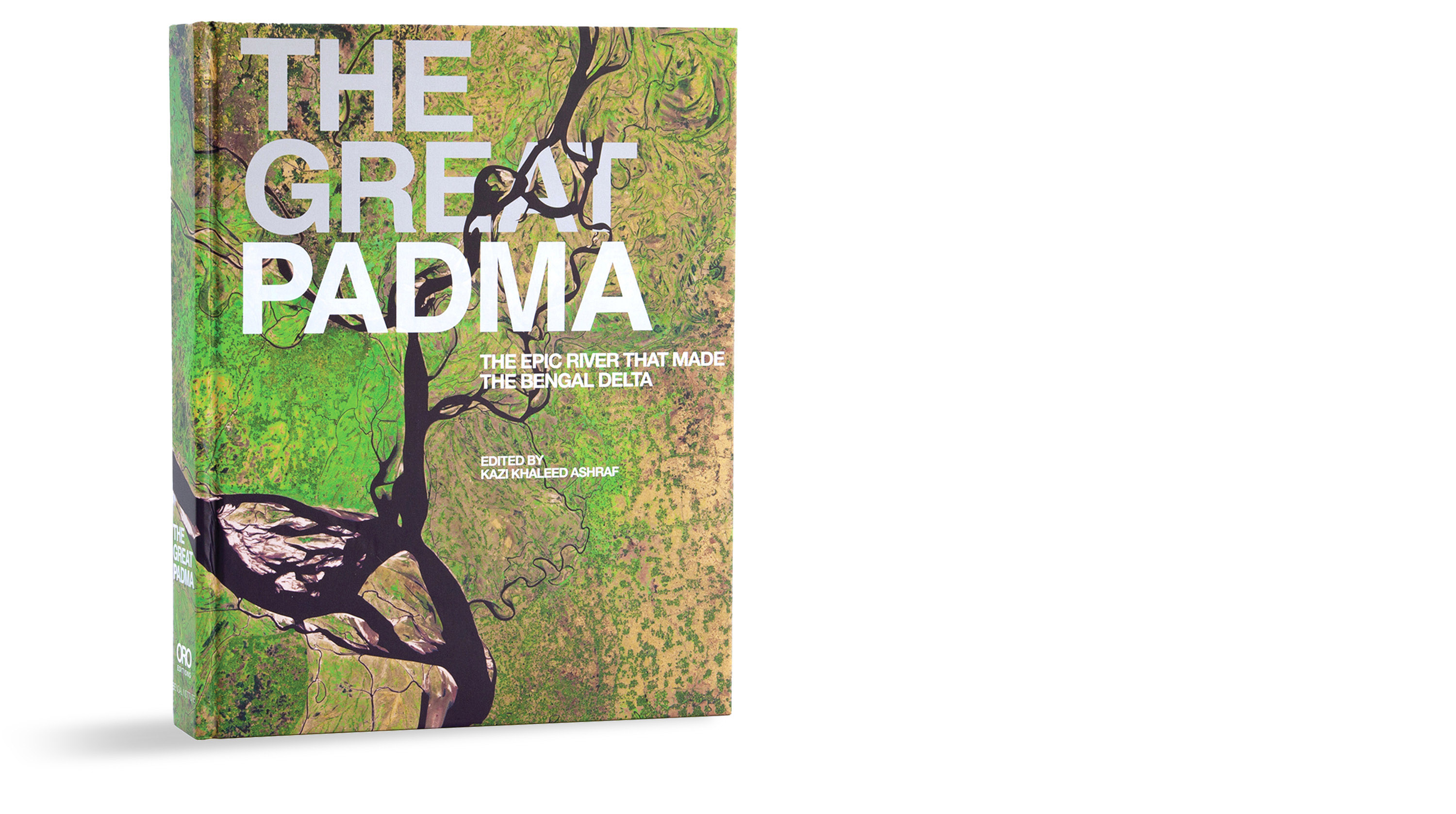| environment, ecology & biodiversity
DYNAMICS OF NATURE AND CULTURE IN DELTAIC GEOGRAPHY
In conversation with Kazi Khaleed Ashraf
LA 76 |
|
| Kazi Khaleed Ashraf is an architect, urbanist, and architectural historian, and critic. He is currently the Director-General of the Bengal Institute for Architecture, Landscapes and Settlements in Dhaka, Bangladesh. His new book, The Great Padma, The Epic River that Made the Bengal Delta, brings to the forefront a set of attitudes and impressions of a diverse set of people – geologists, urban planners, historians, sociologists literary critics, and scholars about the mighty river. Informed by multidisciplinary research, the book explores, documents, defines, and interprets the mythical, physical, ecological, and cultural understanding of the river through its journey from Indo-Gangetic alluvial plains to Sundarbans, the world’s largest delta, before culminating in the Bay of Bengal.
|
|
 |
|
About Bangladesh and India
While the relationship of nature and culture in Bangladesh is so strikingly intertwined and presents tremendous philosophical considerations, and at the same time, people have lived and worked with that for centuries in an, as you say, ecologically fragile fluvial geography, a contemporary conceptualization in design and planning has been rather weak. I would say a proper theorizing of that relationship remains an incomplete work. While the work of Muzharul Islam configured his architecture in what I call a “locational ethics’ in the sphere of architecture, Louis Kahn was the first to intuit the dynamic of nature and culture in Bangladesh. He did that by suggesting that in Bangladesh one needs to do “an architecture of the land,” that is, the molding and reshaping of the ground condition. With a profound implication for later designers, he also noted how people in the fluvial landscape developed what he called a “dig and mound” method in which earth was scooped out from a place to create an elevated platform on which homesteads were built, while the scooped out spot became a pond. He even designed housing on flood plains on elevated platforms that were not developed or built. This was in the mid to late 1960s.
|
|


|
|

|
|
|
|
|